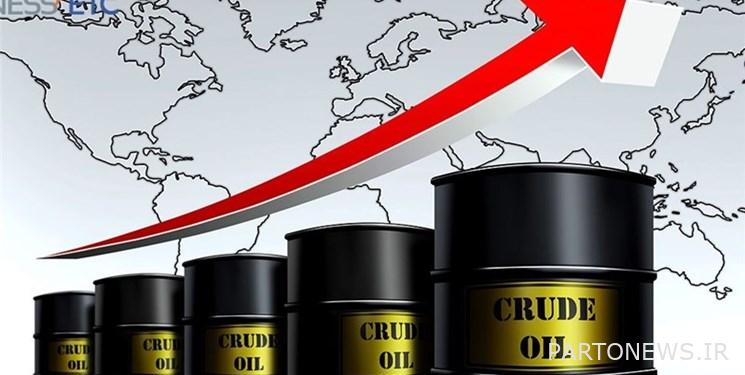The second day of oil price increase after OPEC+ decision to cut supply

According to the Fars International Economic Group, quoted by Reuters, oil prices rose in trading on Tuesday, after OPEC+ announced in the past that it would further reduce its production, which shook the markets.
According to this report, therefore, investors’ attention was focused on the demand trend in the market and the impact of price increases on the world economy.
At the time of publication of this news, Brent oil rose 76 cents to $85.69 per barrel, and US crude oil rose 82 cents to $81.24 per barrel.
After the Organization of the Petroleum Exporting Countries, OPEC and its allies such as Russia, known as OPEC+, announced that they intend to reduce their production by 1.6 million barrels per day, both oil indices in yesterday’s trading more than 6%. They recorded price growth.
The new plan brings OPEC+’s total output cuts to 3.66 million barrels per day, including the group’s decision to cut production by 2 million barrels per day in October. This figure is approximately equivalent to 3.7% of the demand in the world.
OPEC+, on October 5, 2022, in the 33rd meeting of the ministers of this group, decided to reduce their production by 2 million barrels per day and maintain this process until the end of 2023, which they have now increased.
The group announced that this new reduction will be implemented from May this year.
Oil market analyst Hiroyuki Kikukawa said: “The impact of the OPEC+ production cut (on the market) has moderated and the market’s attention has turned to the demand outlook.”
“Demand is expected to increase in the short term for the summer travel season, but rising oil prices are likely to exacerbate inflationary pressures and lead to higher interest rates in many countries, which could dampen demand.”
These effects could rekindle concerns about the global financial industry, the analyst also noted.
The decrease in new OPEC+ production caused most analysts to increase their forecast of Brent oil prices to around $100 per barrel. Goldman Sachs has raised its forecast for Brent oil to $95 by the end of this year and $100 by 2024.
The news added to investor concerns about higher costs for businesses and consumers; It has also caused concern and fear of an inflationary shock in the world economy caused by the increase in oil prices, which can lead to a further increase in interest rates.
Market watchers are trying to gauge how much more time the Federal Reserve may need to raise interest rates to curb inflation and whether the U.S. economy may be headed for recession.
U.S. factory activity fell to the lowest level in nearly three years in March and could fall further as credit tightens further and borrowing costs rise.
Tony Sykemore, a market analyst at Sydney-based IG, said in this regard: “If the price of crude oil can break above the resistance level of $82 or $83, the price can return to $90-95.”
end of message/
You can edit this article
Suggest this article for the first page

